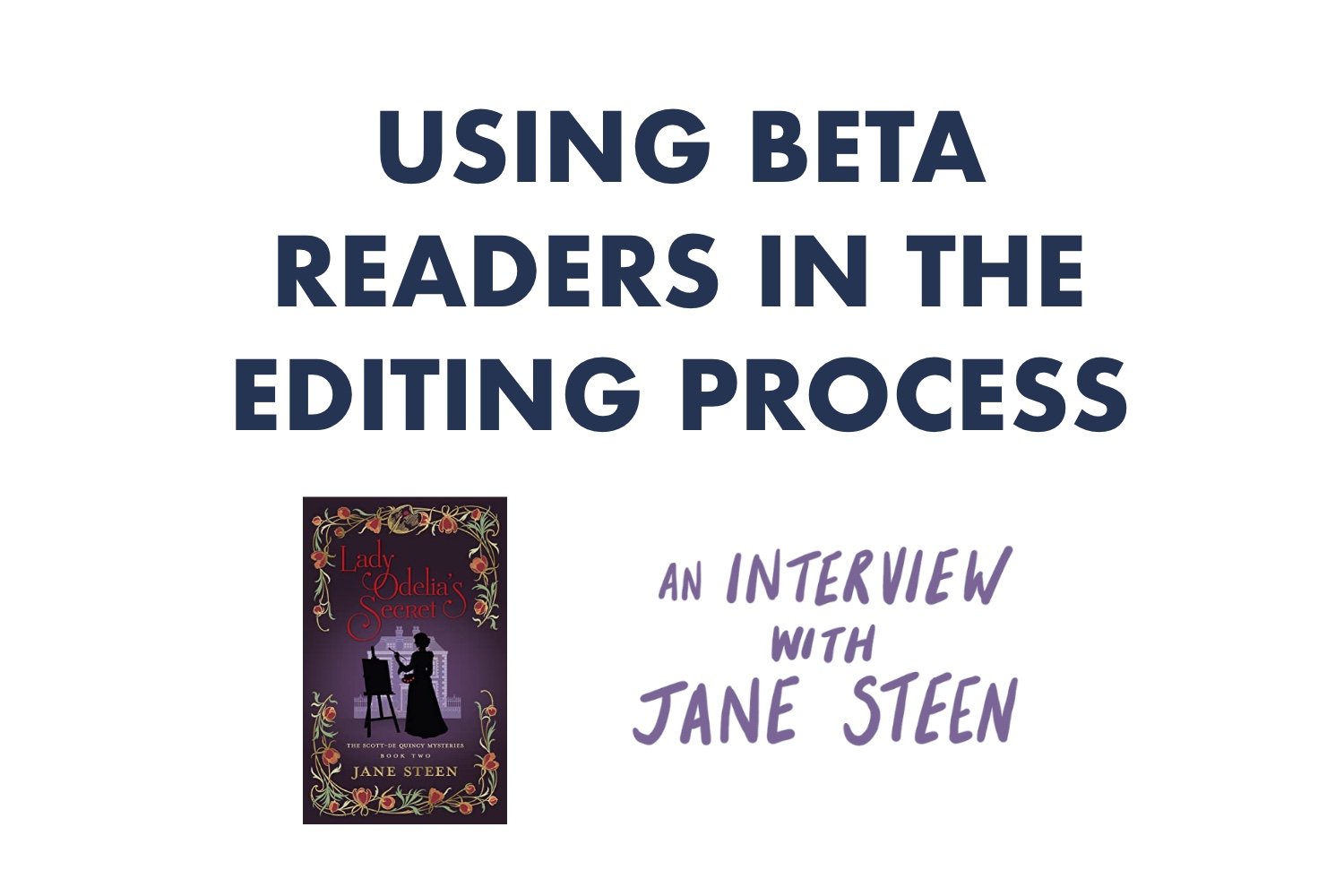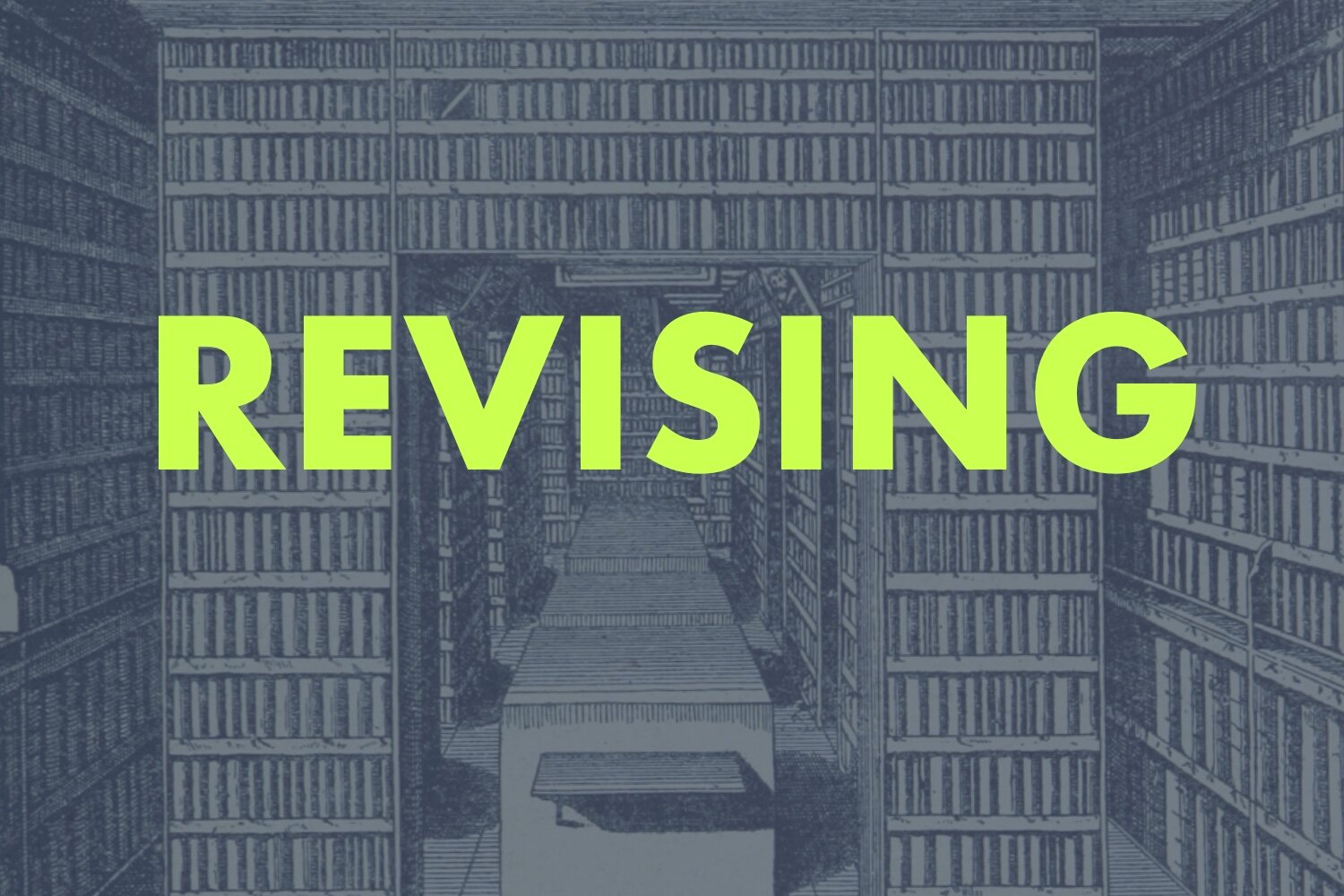How experienced novelists can use beta readers in the editing process
Learn how successful indie author Jane Steen, author of the House of Closed Doors Series and Scott-De Quincey Mysteries, uses beta readers as part of her revision process.
What’s the live version of your scene?
If you stepped away from the page or screen, with only the characters and situation in your memory, how would you rewrite your scene in a new way?
How to fix common point-of-view problems
How do you decide what point of view is best for your story, and how do you use point of view to deepen your reader’s engagement with your characters?
Get a fresh view of your novel with zoom-out questions
Construct questions that will help you see your novel in new ways.
How to spot plot problems
Learn how to spot possible plot problems in your novel and how to fix them.
Revision checklist: Chekhov’s bunnies
What is Chekhov’s gun principle and why do you need to add it to your revision checklist?
Choose your revision tool
Learn how to tackle the first big step of revising your novel: choosing a tool that will help you get an overview of your story.
What is the difference between revising and editing?
Many times, when writers think they are revising, they are actually just editing. What’s the difference between the two?
What is revising like?
What metaphors can help us understand the purpose and process of revising a book?
How to be a good beta reader
You’ve agreed to be a beta reader for someone’s book – what do you do now? This post will give you concrete guidance on how to provide constructive criticism that will help the author improve their book.
How to improve your novel using beta readers
Working with beta readers can be a low-cost way of improving your book and making sure it connects with readers in your genre. This post will give you tips on how to find beta readers, what questions to ask them, and how to use their feedback.




